Goodbye Third-Party Cookies: It’s Time For High Quality, Creative Digital Ads To Shine
By Mumbrella | June 28, 2021
As seen on Mumbrella
For a long time, digital ads have been relegated to a creative afterthought, with automation and batch processing taking the place of high quality, creatively-driven work. But with the deprecation of cookies and changes to IDFA targeting shaking up the industry, things are about to change for the better, explains Kargo’s general manager, Rob Leach.
For as long as digital advertising has been in existence, third party data has taken centre stage, with retargeting, scale, and automation playing the lead role. In contrast, creative, design and ad placement have generally been given secondary parts.
Thankfully, times are changing. With the deprecation of cookies and changes to IDFA targeting, marketers are now looking for new ways to create effective digital ads that don’t rely on the third-party tactics of old. In order to get there, they need ads that shine on a creative stage and take both context and quality into consideration.
How did we get here?
Our story begins with the rise of digital advertising technology, including Google’s Ad Manager and DoubleClick. As these technologies grew in sophistication, scale became easy to achieve. But with more advertising inventory being sold than ever before, creative departments became overwhelmed by the sheer quantity of ads they needed to produce.
Media buyers needed volume, and the requests for a thousand different banner variations got dumped on creative teams’ laps. Outsourcing and automation became the norm as time-consuming, redundant tasks became overwhelming.
After too many years of choosing quantity over quality, digital ads have become annoying, offering a poor user experience, large file sizes, and little to no thought to creative or branding. Retargeting remains a common tool for the majority of digital marketers, meaning consumers can’t visit a single online store without having their browsing history follow them endlessly around the internet.
Today, the high-volume, audience-targeted world of digital advertising is poorly aligned with creative teams, where quality is too often at the bottom of the priority list. But one thing is certain: the burden on production teams is showing no sign of slowing, while the tools they continue to rely on are becoming increasingly redundant in a post-third-party cookie world.
Creative takes centre stage
Advertising and creative have always gone hand-in-hand, but for too long, creative has played second fiddle to data and targeting in the world of digital advertising. A study by Ipsos shows that advertising recall is determined by the style and quality of the advertising content, with ~75% of the variance in ad cut through being determined by the quality of the creative. It’s clear that brands must start applying the same creative excellence traditionally reserved for large-scale TVCs and outdoor campaigns to the world of digital, especially on mobile screens, which show the majority of digital banner ads.
But in order to derive the most success out of your marketing efforts, you must take into account users’ consumption habits on the mobile phone. A mobile user has an attention span of about eight seconds. That’s less than a goldfish. The screen is tiny, and many people have their audio turned off. With those constraints, it’s especially important to think carefully about how to craft a creative that will get the job done. Brands should design for the vertical screen, favouring larger formats, and use clear text, logo and a clear call to action. Those rules alone will correct many typical creative bad practices.
Once the basics become common practice, brands can test concepts that take advantage of the unique elements of the phone, like the touch screen, camera and one-to-one captive audience. Kargo recently worked with a premium alcohol brand to place their ad exactly where their target customers were: reading their favourite publications online.
Utilising mobile-first creative formats, Kargo’s exclusive Breakout unit pops up from the bottom of your screen and then launches featured products beyond its traditional 320×50 borders to catch your eye and entice your tap, while Key Art is a scroll reactive in-article mini-poster that slides into view upon scrolling through a page. Both units utilise animation and beautiful imagery to strike the perfect balance of visibility and simplicity. As a result, brand awareness and consideration were lifted by 4.4%, and ad recall saw a 3.3% lift.
By designing for user experience, novelty, and excitement brands can get even more value out of their mobile campaigns. With the depreciation of third-party cookies already underway, the time is ripe for marketers to assess their current digital strategies, and start putting creative and the contextual environment first. It’s high time the marketing industry started using digital and mobile to tell stories that move hearts and minds, instead of simply moving thumbs to the ‘x’ button.

